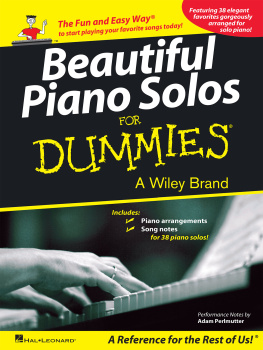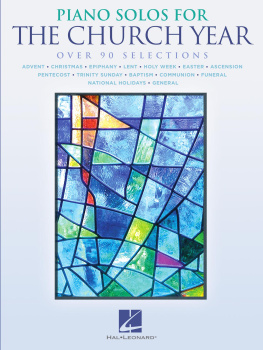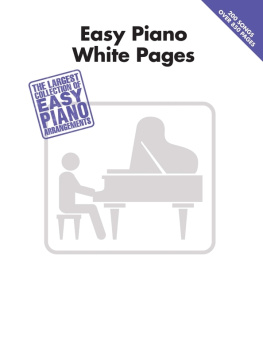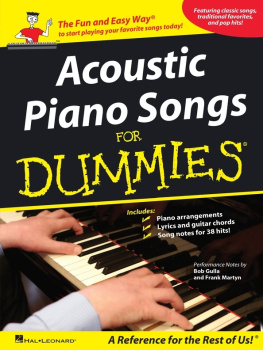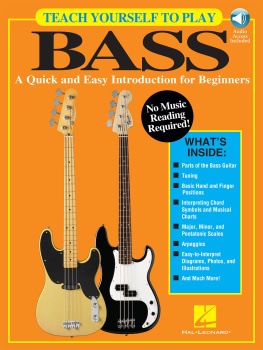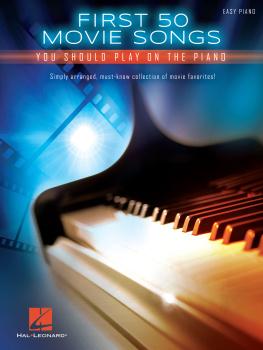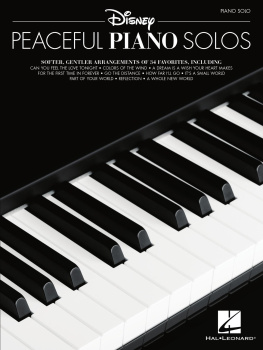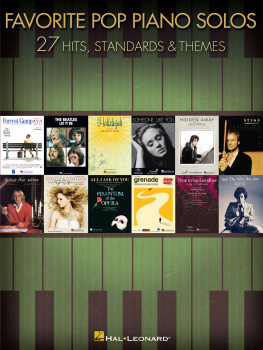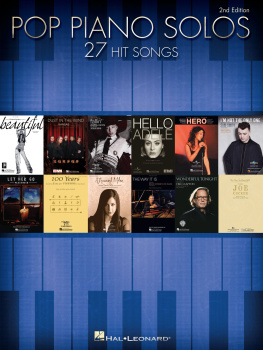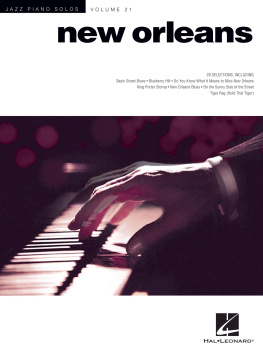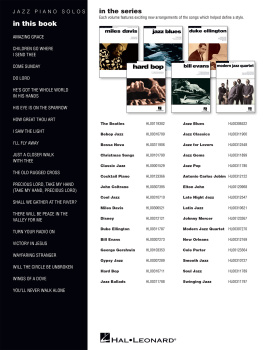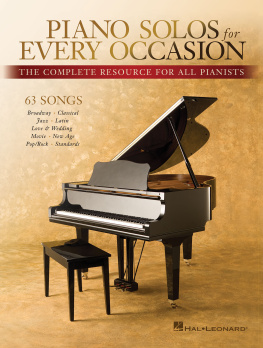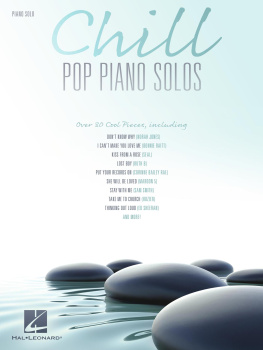The music contains beautiful piano solo arrangements for each song. And included with each song are handy performance notes to help you learn how to play these songs and understand how they work. I recommend that you first play through the song, and then practice all the main sections, working hands separately if necessary. From there, you can add the tricks and treats of each one and there are many. Approach each song one section at a time and then assemble the sections together in a sequence. This technique helps to provide you with a greater understanding of how the song is structured, and enables you to play it through more quickly.
In order to follow the music and performance notes, you need a basic understanding of scales and chords. But if youre not a wiz, dont worry. Just spend a little time with the nifty tome Music Theory For Dummies by Michael Pilhofer and Holly Day (Wiley), and with a little practice, youll be on your way to entertaining family and friends.
Conventions Used in This Book
As you might expect, I use quite a few musical terms in this book. Some of these may be unfamiliar to you, so here are a few right off the bat that can help your understanding of basic playing principles:
Arpeggio: Playing the notes of a chord one at a time rather than all together.
Bridge: Part of the song that is different from the verse and the chorus, providing variety and connecting the other parts of the song to each other.
Coda: The section at the end of the song, which is sometimes labeled with the word coda.
Chorus: The part of the song that is the same each time through, usually the most familiar section.
Hook: A familiar, accessible, or sing-along melody, lick, or other section of the song.
Verse: The part of the song that tells the story; each verse has different lyrics, and each song generally has between two and four of these.
Icons Used in This Book
In the margins of this book are several handy icons to help make following the performance notes easier:
A reason to stop and review advice that can prevent personal injury to your fingers, your brain, or your ego.
These are optional parts, or alternate approaches that those whod like to find their way through the song with a distinctive flair can take. Often these are slightly more challenging routes, but encouraged nonetheless, because theres nothing like a good challenge!
This is where you will find notes about specific musical concepts that are relevant but confusing to nonmusical types stuff that you wouldnt bring up, say, at a frat party or at your kids soccer game.
You get lots of these tips, because the more playing suggestions I can offer, the better youll play. And isnt that what its all about?
Bali Hai
Bali Hai is the name of a fictional volcanic island in the 1949 Rodgers and Hammerstein musical South Pacific. Its also the title of the exotic song sung in the show by Bloody Mary, the local matron who tries to encourage a U.S. solider, Lt. Joseph Cable, to visit her island ostensibly to see its charms but actually to meet and fall in love with her young daughter. The song became a pop favorite recorded by the singer Perry Como, and the song title has graced everything from beverages to wristwatches.

